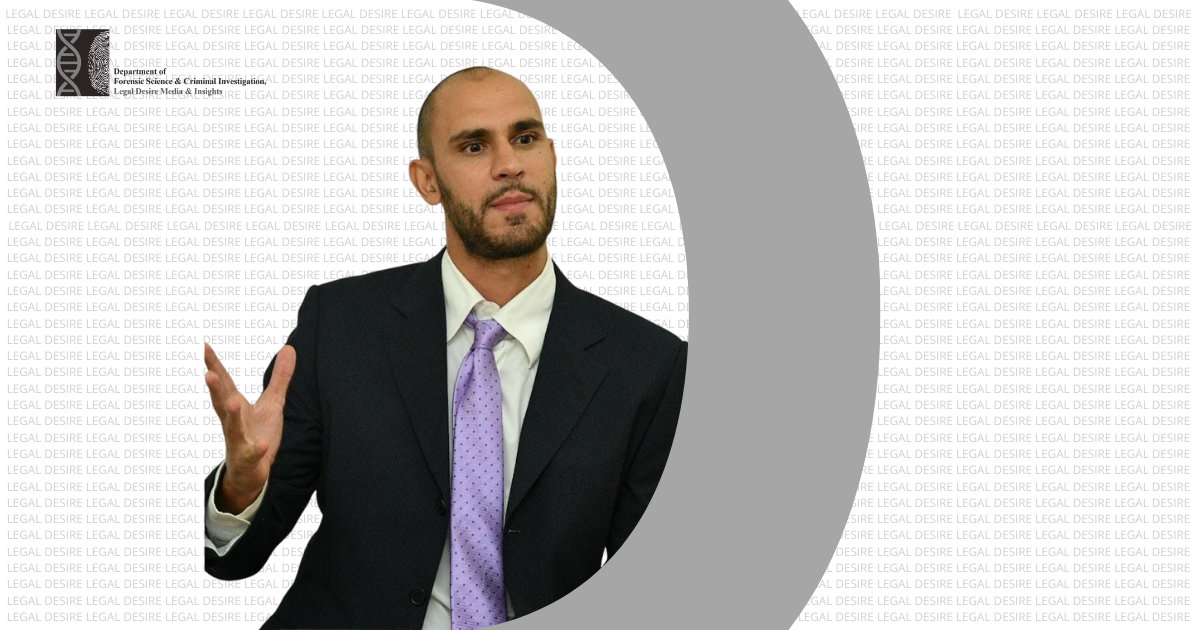Now Reading: Case Comment: Star Athletica v Varsity Brands
-
01
Case Comment: Star Athletica v Varsity Brands
Case Comment: Star Athletica v Varsity Brands
Name Star Athletica, L.L.C. v. Varsity Brands, INC., et al.
Court Name: Supreme Court of United States
Date of Judgement: March 22, 2017
Bench Name: Supreme Court
Facts: The Respondents (Varsity Brands) are manufactures of cheerleading uniforms. They design, make, and sell them in the market. Over the years, they have acquired more than 200 registered copyrights for two-dimensional structures. These designs consist of many lines, chevrons, and vibrantly colored shapes, which appear on the surface of these cheerleading uniforms. The Petitioner is alleged to have, infringed their copyright. Respondents sued Petitioner for violating their copyrights in five of their designs. The Petitioner (Star Athletica) also markets cheerleading uniforms. He was granted summary judgment from the district court, holding that the designs could not be conceptually or physically separated from the uniforms and were therefore ineligible for copyright protection. The sixth circuit reversed this, and it concluded that the graphics could be “identified separately” and were “capable of existing independently” of the uniform under Section 101.
Issues of the Case: Can graphics printed on the cheerleading uniform be protected by copyright law?
The contention of Parties:
Respondents:
· The respondents claim that their designs are two-dimensional surface decorations that are always separable, even without a Section 101 analysis. They are implanted on articles or pieces with a helpful nature rather than the designs or graphics themselves being a substance with some valuable values.
Petitioners:
· The Petitioner claims that a copyright cannot protect the designs or graphics since they are not helpful or helpful in an article in themselves. Even when they are separated from the cheerleading uniform, they retain the uniform outline and hence cannot be called a separate article or an independent article.
· The Petitioner contends that by protecting surface designs, the court deters from the intention of congress to exclude industrial designs from copyright protection. He calls the respondent’s decoration as industrial decorations.
Judgement Held: The court holds the Sixth Court’s verdict; it states that graphics that were used by a company that manufactures cheerleading uniforms are copyrightable because they could be identified separately and are capable of existing independently of uniforms the company manufactured. The court finds that any feature or design or graphic which has been incorporated or implanted on the design or as the design of a helpful article is eligible for copyright protection if it can be perceived as two-dimensional works or design, which are separate from the helpful article itself and qualifies as a protectable “pictorial, graphical, or sculptural work,” either on its own or after being fixed in some other tangible medium of expression if they were imagined separately from the article into which they are incorporated.”. This aligns with section 101 of the copyright act.
Case Comment/ Analysis of Judgement:
Thomas, J., delivered the majority opinion. He was joined by Roberts, C.J., Alito, Sotomayor, and Kagan, JJ.,
Ginsburg, J., filed the concurring opinion, and Breyer, J., joined by Kennedy, J., filed the dissenting opinion in the case.
The main issue is that the respondent’s copyright has been infringed by the petitioners, who argue that the cheerleading uniform and the graphics implanted on them are the same articles that cannot be separated and protected by copyright. They pay more attention to the fact that one should consider the utility of a commodity rather than the identity of graphics and the clothes separately.
The District Court gave a summary judgement that favored the petitioners, but the Sixth Circuit reversed this judgement and stated that graphics are separate and capable of independent existence. The majority opinion applied the separability analysis (which is used to decide if a feature has a distinct identity from the cloth or article it is applied on). It stated that “on applying the proper test here (separability test), it is found that the surface decorations or graphics or features or designs which used or lay on the cheerleading uniforms of Varsity, are separate and therefore eligible for copyright protection. They came to this conclusion based on the following steps:
Firstly, the decorations can be identified as features having “pictorial, graphic, or sculptural qualities” independent from the article. Secondly, if those decorations were separated from the uniforms and applied in another medium or theme, they would qualify as two-dimensional works of art under §101. And in case of imaginatively removing these decorations from the uniforms and applying them in another medium also would not replicate the uniform itself but generate a separate article of individual identity.”
The court has used the literal interpretation of the statute, which states that any “Pictorial” or “graphical” designs are used to denote the two-dimensional features, such as pictures, paintings, or drawings. Thereby to protect “pictorial, graphical, and sculptural works” implanted or applied into the “design of an article,” which is considered helpful by a prudent person. The particular identity requirement is met if the decision-maker can look at the helpful article and spot some two-dimensional or three-dimensional elements with pictorial, graphic, or sculptural qualities. When separated from the graphical design, the cheerleading uniform holds a separate identity from the other.
The dissenting opinion was based on the logic that cheerleading uniforms are ineligible for copyright protection. When both cloth and the design are separated, the remaining product is only a blot of material, and the decorations retain the outline of a cheerleading costume. They further try to explain this by using the example of a two-dimensional painting that has the canvas’s shape. This opinion is based more on utility than the article’s objective, which contradicts the separability test, which focuses on the extracted part of the article and not its usefulness after it is separated from the graphics. The concurring opinion given by Justice Ginsburg is that he does not this there is a need to use the separability test here because the designs and graphics are copyrighted pictorials and techniques which are implanted in the valuable article. They are not helpful, but he also agrees that pictorial, sculptural, and graphical work is copyrightable under section 102 of the act. Hence, the varsity graphics are not themselves valuable articles and outside the purview of section 101 but “standalone” features that can get copyright protection and exclusivity in usage over valuable articles.
The final judgement has given way for much disagreement over the separability and identity issue, the two requirements of an article being perceived as a two or three-dimensional work of art which has a separate identity from the valuable article on which is implanted or incorporated and also qualify as a protectable “pictorial, graphic, or sculptural work” either on its own in its original form or after it are fixed in some other tangible medium of expression, whereby if it were imagined separately from the helpful article, it has some identity. In the instant case these requirements are fulfilled, the court stated that “graphical designs” were “separately identifiable” because both the design and cheerleading outfit were separate items: a uniform and a graphical design.
The identity of an article is being questioned here, not the utility, copyright is given to protect some design or feature specially made by one company, and the utility of that design or quality is not under the purview of the copyright act. It is not the function of a graphic implanted on a cloth to identify a person as a cheerleader, and hence neither is copyright granted for that reason. I agree with the interpretation and application of law that the court has used in this case.










